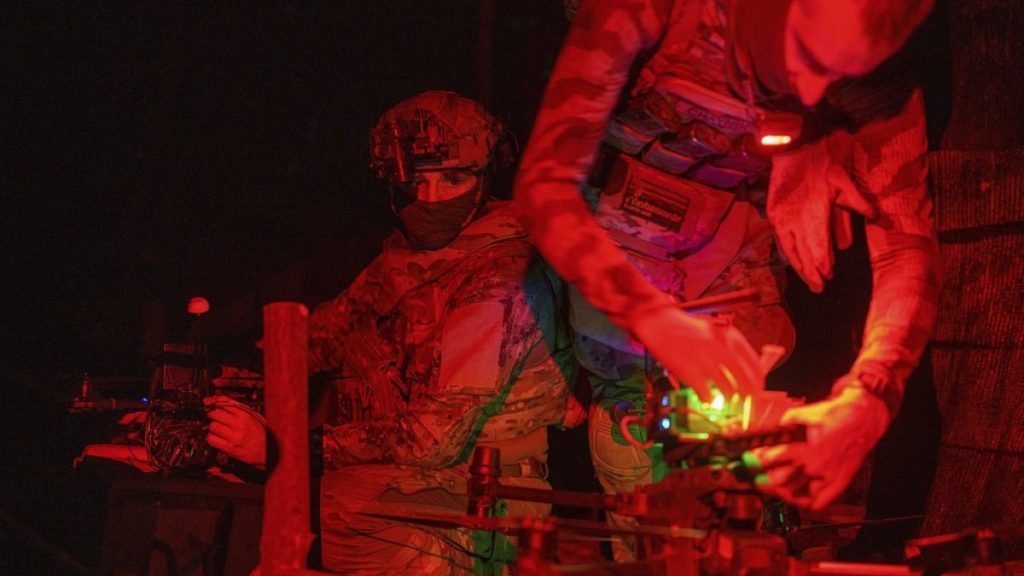Over the weekend, Russian air defenses successfully shot down more than 100 Ukrainian drones over Russia’s western regions. The Russian Defense Ministry reported that a total of 110 drones were destroyed in an overnight barrage that targeted seven Russian regions, with a significant number of drones downed in the border region of Kursk. Social media footage showed air defenses in action over the city of Dzerzhinsk, where four fighters were injured repelling a drone attack in the industrial zone. While large-scale aerial attacks over Russia are still relatively rare since the full-scale invasion of Ukraine in February 2022, similar incidents have occurred in recent months. In a separate incident, 17 people were injured in Ukraine’s Kryvyi Rih after the city was struck by two Russian ballistic missiles.
The attack in Kryvyi Rih caused damage to homes and businesses, according to local administration head Oleksandr Vilkul. Additionally, a Russian strike on the Ukrainian city of Zaporizhzhia left ten local residents wounded, partially destroying a residential building and causing damage to other structures and vehicles in the area. Ukrainian President Volodymyr Zelenskyy condemned the ongoing attacks by Russia, stating that over 800 guided aerial bombs and more than 500 attack drones have been launched by Russia over the past week alone. Zelenskyy called the attacks deliberate terror against the Ukrainian people and reiterated the need for continued air support from Ukraine’s allies to combat Russian aggression.
The incidents over the weekend highlight the ongoing conflict between Russia and Ukraine, with both sides engaging in airstrikes and drone attacks. Russia’s successful defense against over 100 Ukrainian drones demonstrates the country’s air defense capabilities and its ability to protect its territory. However, the attacks in Ukrainian cities such as Kryvyi Rih and Zaporizhzhia underscore the human cost of the conflict, with civilians being injured and infrastructure being damaged. Ukrainian leaders, including President Zelenskyy, continue to call for international support in the face of Russian aggression, emphasizing the need for solidarity and collaborative efforts to combat the threat posed by Russia.
The use of drones in conflicts has become increasingly common, with both military and non-state actors utilizing the technology for surveillance, reconnaissance, and attacks. The downing of more than 100 Ukrainian drones by Russian air defenses highlights the strategic importance of countering drone threats in modern warfare. While air defenses can be effective in intercepting and neutralizing unmanned aerial vehicles, such attacks can still cause significant damage and casualties, as seen in the recent incidents in Ukraine. The conflict between Russia and Ukraine also underscores the broader geopolitical tensions in the region, with the two countries locked in a protracted struggle for influence and control.
As the conflict continues to escalate, the international community faces a growing humanitarian crisis and security challenge in the region. The attacks on Ukrainian cities by Russian forces have led to civilian casualties and widespread destruction, prompting calls for urgent humanitarian assistance and diplomatic intervention to end the violence. The ongoing conflict between Russia and Ukraine poses a threat to regional stability and security, with the potential for further escalation and spillover effects beyond their borders. As the situation unfolds, it is essential for world leaders to work towards a peaceful resolution and ensure the protection of civilians caught in the crossfire of war. United action and cooperation are crucial in addressing the complex challenges posed by the conflict and finding a path towards peace and stability in the region.


